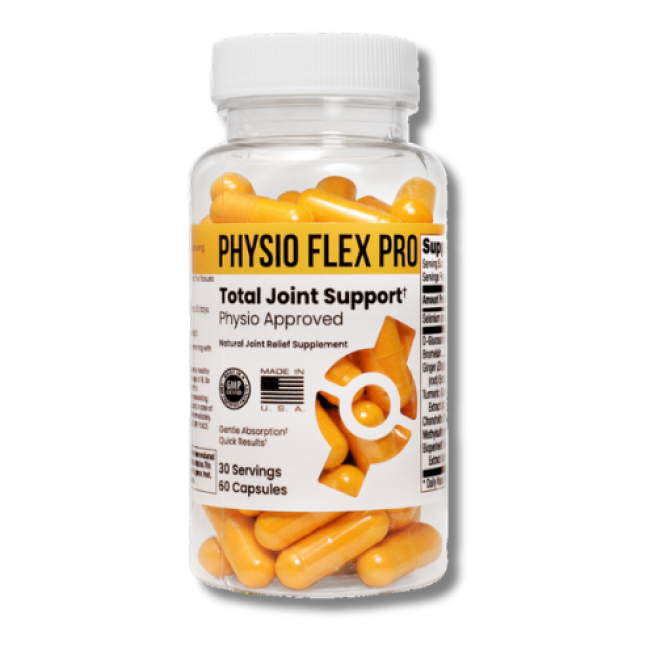Have you been lately feeling achy and sore, especially after working out or towards the end of the day? Is this niggling pain affecting your mood and not allowing you to do your favorite things?
If yes, then it’s time to start paying more attention to the signals that your body is giving you.
By the time you are done reading this article, you will know what is causing your joint pain and how exercising helps you lead a pain-free and happier life!
What Causes Joint Pain
Before we talk about exercises for joint pains, let’s understand our joints better.
Think of all the movements that you make right from the time you wake up. You walk, climb stairs, run, lift objects, lie down, and so much more. Your joints, bones and muscles work together in order to enable these movements.
At times, you may feel some stiffness, pain, and soreness in your joints. These sensations may either be constant or come and go. According to the World Health Organization, almost 1.71 billion people around the world experience joint pains.
Some of the most common joint pain causes are injuries, autoimmune diseases, arthritis, bursitis, or viral infections.
Which Are Some of The Best Exercises For Joint Pains?

This National Library of Medicine publication reinforces that exercising is the only way to enjoy greater joint strength and mobility in the long run.
You may be thinking about how to lubricate stiff joints through exercising. Our experts have rounded up seven of the most effective exercises with proven outcomes for relieving joint pains:
Range of Motion Exercises
These exercises help maintain joint flexibility and strength and reduce joint pressure. They include:
-
Standing jacks:
- Stand with your left arm holding a chair or any other support.
- Raise your leg out to the side.
- Do up to 10 reps.
- Repeat on the other side.
-
Glute kicks:
- Stand straight.
- Bend your right knee and raise your knee to touch your glutes.
- Do up to 15 reps.
- Repeat on the other side.
Strengthening exercises
Amongst the best arthritis physical exercises, these strengthen your knees and keep your muscles healthy and prevent injuries.
-
Wall squats:
- Stand straight with your head, shoulders, back, and hips against a wall.
- Step a little away from the wall while keeping your shoulders and back against it.
- Slide your back slowly down the wall until you get into a sitting position.
- Hold the pose for 5-10 seconds.
- Repeat at least 15-20 times.
-
Bridge:
- Lie on your back keeping your palms flat on the ground.
- Slowly lift your hips into the air and hold the pose for 5-10 seconds.
- Lower your body.
- Repeat at least 8-10 times.
Stretching exercises
Stretches for joint pain are essential for keeping your joints flexible and cartilage healthy. Some exercises that you can try are:
- Forward fold:
- Stand with your feet shoulder-width apart.
- Bend slowly from your waist while keeping your legs straight.
- Hold the stretch for 25-30 seconds.
- Repeat 3-4 times.
- Knee to chest stretch:
- Lie on your back and bend both your knees so that your feet are flat on the ground.
- Hold your right knee with both hands and pull it towards your chest gently.
- Hold for 20-30 seconds and slowly release.
- Do 3-4 repetitions on both sides.
-
Lunging hip flexor stretch:
- Kneel on one knee and place the opposite foot in the front. Your thigh must be parallel to the floor.
- Lean forward and squeeze your butt muscles as much as you can.
- Do 5-6 repetitions on both sides.
Also Read- Why Joint Pain Is Common In Seniors?
How To Enhance The Benefits Of Your Exercise Routine?
Here are some tips on how to get the max from your exercise for joint pain regime:
- Determine where exactly your pain is and tailor your stretches/exercises to target those areas.
- Schedule your workouts when your pain flare-ups are least likely to occur.
- Always warm-up and cool down after your session.
- Don’t have unrealistic goals. Start slow and build upon your practice.
- Never start an exercise regime without consulting your doctor.
- Don’t hesitate to experiment with exercises.
- Ensure that the exercises are low-impact.
The Bottom Line
An Arthritis Research and Therapy article has proved that combining your exercise plan with glucosamine supplementation is an effective way to alleviate pain and slow down the progression of osteoarthritis. However, choosing only the top quality supplements such as the FDA-approved Physio Flex Pro ('Physio Flex Pro Joint Capsules Explained') and its safe and organic natural ingredients will help you gain these benefits.






